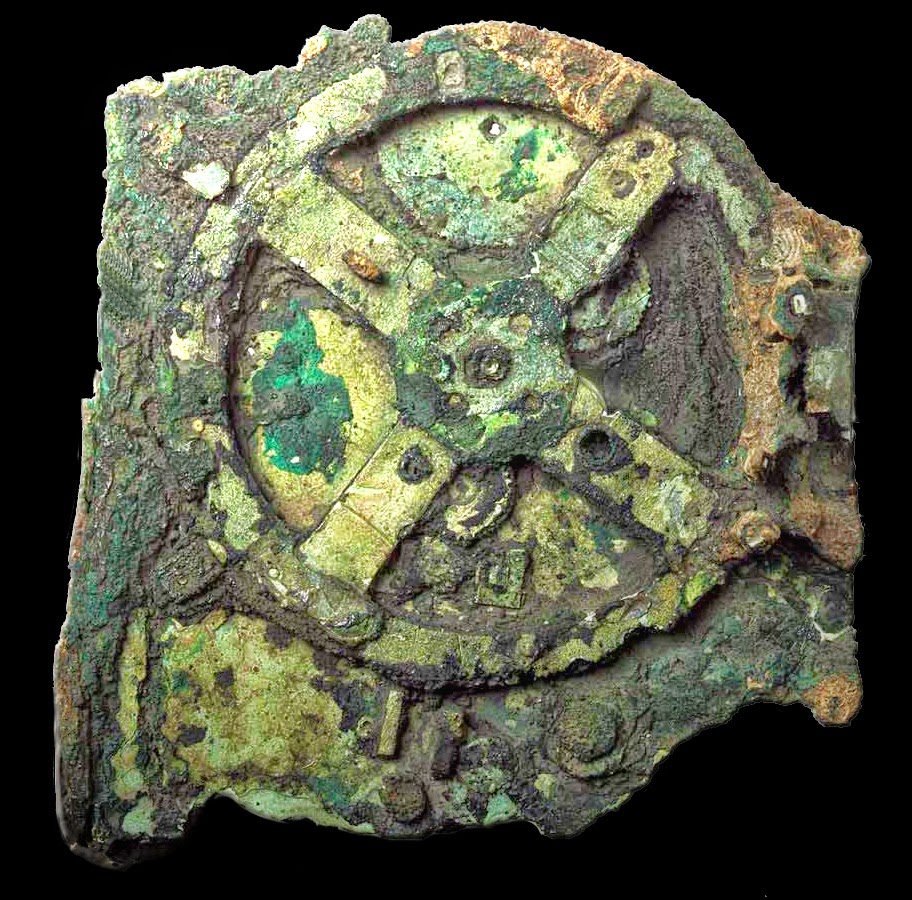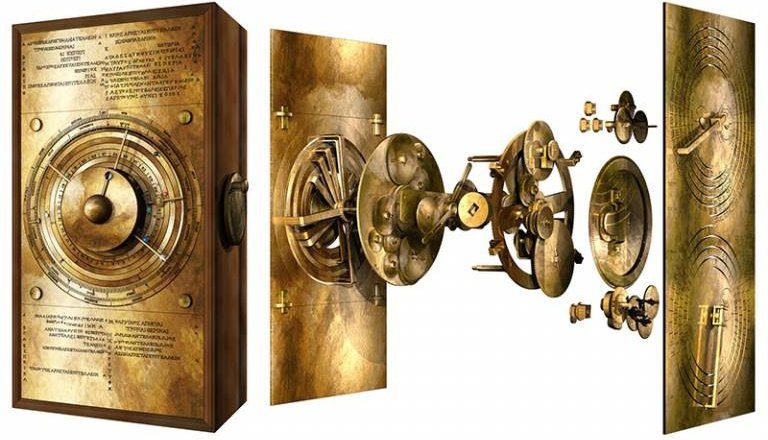The Antikythera mechanism was built more than 2000 years ago, considered the first analog computer, was recreated by researchers of UCL.
Source: The Engineer
The ancient Greek Antikythera Mechanism was used to predict the positions of the Sun, Moon and the planets as well as lunar and solar eclipses. Discovered in a Roman-era shipwreck in 1901 by divers near the Mediterranean island of Antikythera, the astronomical calculator has fascinated researchers ever since.
The hand-powered device consists of a complex combination of 30 surviving bronze gears used to predict astronomical events. Studies in 2005 using 3D X-rays and surface imaging enabled researchers to show how the mechanism predicted eclipses and calculated the variable motion of the moon, but a full understanding of the gearing system at the front of the device had so far eluded scientists’ efforts.
Published in Scientific Reports, the team’s findings are said to represent a significant advancement toward understanding the full capabilities of the Antikythera Mechanism. The paper reveals a new display of the ancient Greek order of the Universe (Cosmos).
Secrets of a lost world
Only around a third of the mechanism has survived and is split into 82 fragments. The biggest surviving fragment, known as Fragment A, displays features of bearings, pillars and a block. Another, known as Fragment D, features an unexplained disk, 63-tooth gear and plate.

The 2005 data revealed thousands of text characters hidden inside the fragments, unread for nearly 2000 years. Inscriptions on the back cover include a description of the cosmos display, with the planets moving on rings and indicated by marker beads. The team worked to reconstruct this display.
Two critical numbers in the X-rays of the front cover, of 462 years and 442 years, accurately represent cycles of Venus and Saturn respectively. When observed from Earth, the planets’ cycles sometimes reverse their motions against the stars. Experts must track these cycles over long time-periods to predict their positions.
PhD candidate and team member Aris Dacanalis explained that the classic astronomy of the first millennium BC originated in Babylon, but that nothing in the astronomy suggested how the ancient Greeks found the highly accurate cycles for Saturn and Venus.
Using an ancient Greek mathematical method described by the philosopher Parmenides, the team has reportedly discovered how the cycles were derived, as well as recovering the cycles of all other planets where evidence was missing.
“After considerable struggle, we managed to match the evidence in Fragments A and D to a mechanism for Venus, which exactly models its 462-year planetary period relation, with the 63-tooth gear playing a crucial role,” said PhD candidate and team member David Higgon.
Professor Freeth explained that the team then created mechanisms for all of the planets that would calculate the new advanced astronomical cycles and minimise the number of gears in the whole system, so that they would fit into the tight spaces available.
“This is a key theoretical advance on how the Cosmos was constructed in the Mechanism,” added co-author, Dr Adam Wojcik (UCL Mechanical Engineering). “Now we must prove its feasibility by making it with ancient techniques. A particular challenge will be the system of nested tubes that carried the astronomical outputs.”





This is really attention-grabbing, You are a very skilled blogger.
I’ve joined your feed and stay up for searching for more
of your great post. Additionally, I have shared your site
in my social networks
Hello there! This is my first comment here so I just wanted to give a quick shout out
and tell you I really enjoy reading through your blog posts.
Can you suggest any other blogs/websites/forums that deal with
the same subjects? Thanks for your time!
Thank you. I don’t know another website similar to Electrical e-Library.
Yes, it requires a lot of work.
Hi fantastic blog! Does running a blog like this take a lot of work?
I’ve virtually no expertise in coding but I had been hoping
to start my own blog in the near future. Anyhow, should you have any ideas or techniques for
new blog owners please share. I know this is off topic however I
just wanted to ask. Cheers!